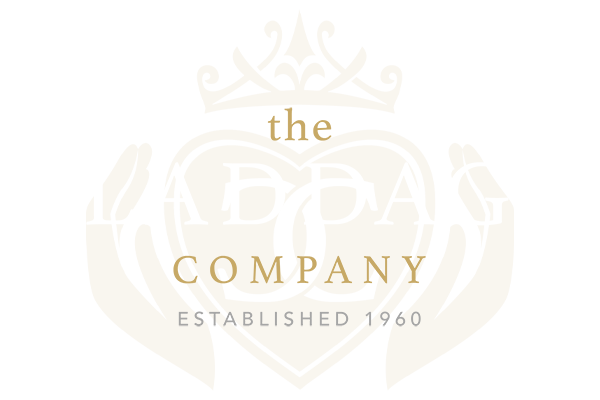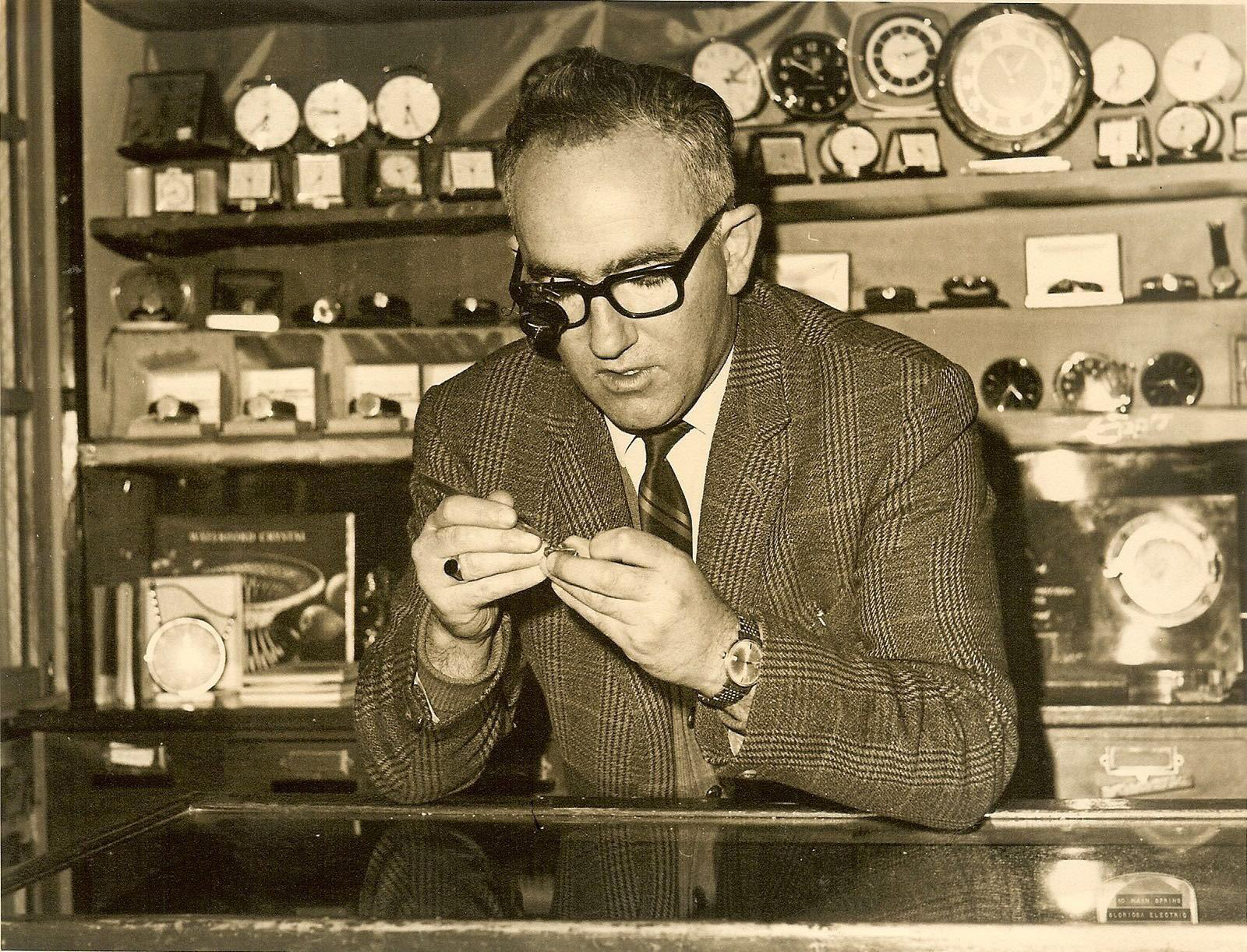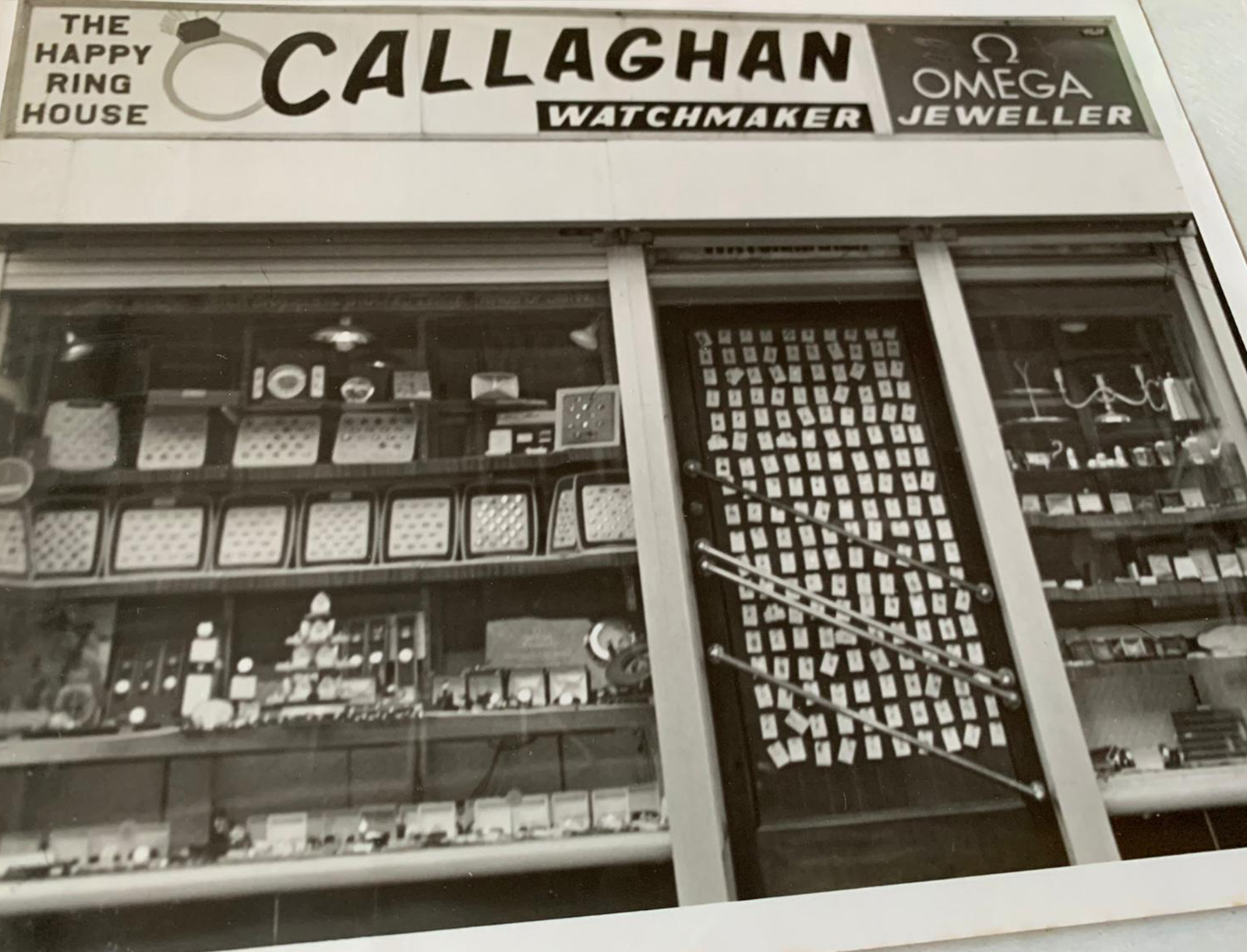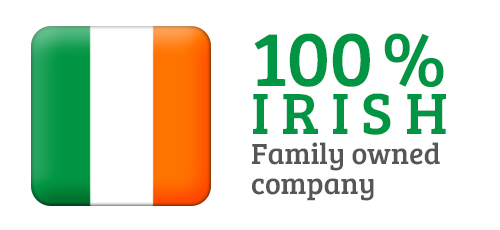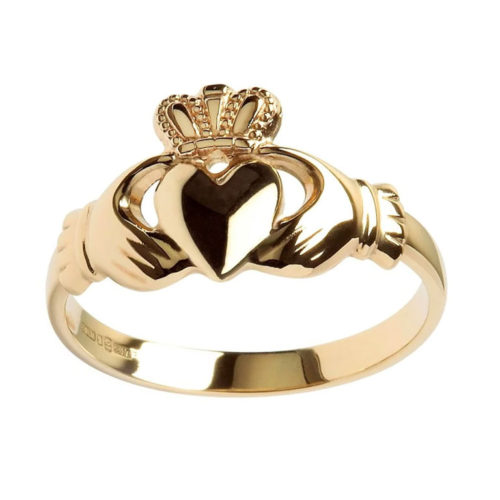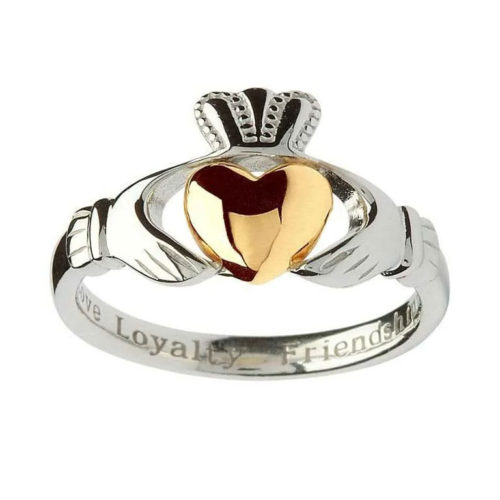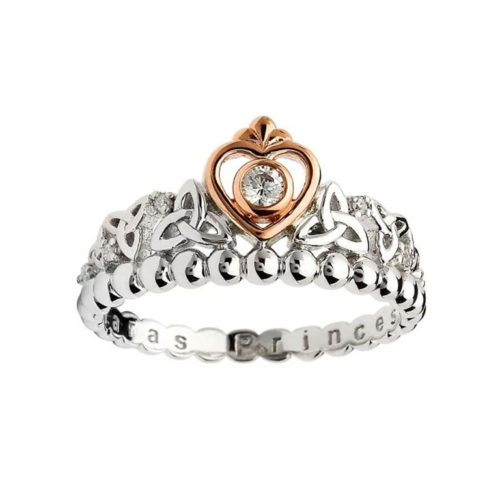History of Claddagh
Claddagh rings have been produced in the West of Ireland for over 300 years, but it wasn’t until the 1830s that the unique design was referred to as ‘Claddagh’, named after a fishing village just outside Galway City where it is believed to have its origins. There are many legends surrounding the original design. Bartholomew Fallon, an Irish goldsmith based in Galway, made Claddagh jewellery until around 1700 – and some of the oldest known rings bear his signature. Another theory is that Richard Joyce, a silversmith from the area, first brought the design to Ireland when he was taught the craft by a Moorish goldsmith after being captured by Algerian Corsairs.
Whatever the true links are to the fishing village in the west of Ireland, similar pieces of jewellery certainly existed in Europe long before the iconic Claddagh design took shape. Fede rings, where two hands joined together in friendship, existed since the Roman times and were commonly used as wedding rings in the medieval and Renaissance periods. The fede rings took their name from the Italian ‘mani in fede’ – meaning ‘hands in faith’.
But what makes the Claddagh design so distinctive are the heart and crown that accompany the two hands coming together in friendship. With a heart in the centre representing love, below the crown symbolising loyalty, the ring celebrates the most important values in relationships of all kinds. Because of this, and the design’s elegant beauty and timelessness, it has stood the test of time – and will continue to for centuries to come.
While the rings have remained extremely popular among Irish people living in Ireland, they have also become a symbol of the country’s huge diaspora across the world, from the Americas to Australia. While the shamrock may be worn on St. Patrick’s Day every year, for the many descendants of Irish people, the Claddagh ring is worn as – or alongside – their wedding ring every day. The ring, and other jewellery bearing the iconic design, therefore not only symbolises friendship, love and loyalty to a partner – for many Irish descendants, it is also a sign of respect to their heritage, their ancestors and the ancestral homeland.
Symbolic Meaning of Claddagh
3 Generations of Claddagh
The Claddagh Company is owned and operated by the Callaghan Family Jewellers. Callaghan Jewellers have a long and prestigious history with Claddagh, and other high-end Irish jewellery.
The Founder – Setting The Standards – 1960
Frank Callaghan, the founder of Callaghan Jewellers, was a native of Stranorlar Co Donegal. There he served his time as watch and clockmaker under the guidance of a local master craftsman Billy Carroll. In 1960 after serving his apprenticeship Frank decided to open his first shop, he established Callaghan Jewellers at 23 lower main street Buncrana, Co. Donegal. There they sold quality jewellery, claddagh, watches and diamonds whilst also servicing quality watches clocks and general jewellery.
His motto was “For Quality For Years” and that ethos has driven Callaghan Jewellers to its current position as one Ireland’s most beloved Jewellers.
The Second Generation – Carrying on The Traditions – 1982
In 1986 Franks second son Brendan joined the business after finishing a 3 year watchmaking course and receiving a diploma from the Irish Swiss Institute of Horology, Dublin. In 1986 Brendan qualified as a retail Jeweller and received a diploma from the National Association of Goldsmiths London. In the late 80’s Brendan took over the business after the untimely death of his father. Despite difficult trading times he instigated many innovative decisions that impacted the future direction and success of Callaghan Jewellers. In 1989 Callaghan Jewellers purchased the old Urban Council offices and opened a new state of the art jewellery store at 42 upper main street Buncrana where the Business still operates today.
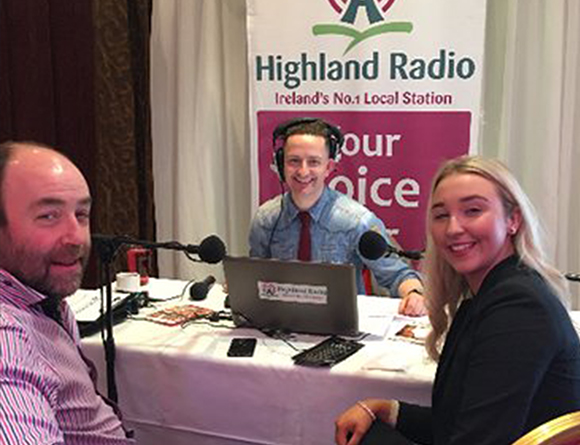

The Third Generation – Moving Online – 2014
In 2014 the 3rd generation of Callaghan Jewellers, Kate Callaghan joined the business. Kate graduated from The National Association of Goldsmiths in London with a Distinction in Retail Jewellers.
She then graduated in Antwerp as a Polished Diamond Grader. Kate has brought an array of different approaches to Callaghan Jewellers while building on Callaghan’s reputation as the world’s leading Claddagh Company.
Kate welcomed the 4th generation of jewellers in 2019 with the birth of her daughter Bonnie Mae.
Here at Callaghan Jeweller we have made the transition to an online store. We have brought the same great service, quality and prices to our online store as customers receive when they enter the physical shop. All feedback, suggestions and enquiries are welcome from our customers at any time. They can be sent via email at kate@claddaghcompany.com.

